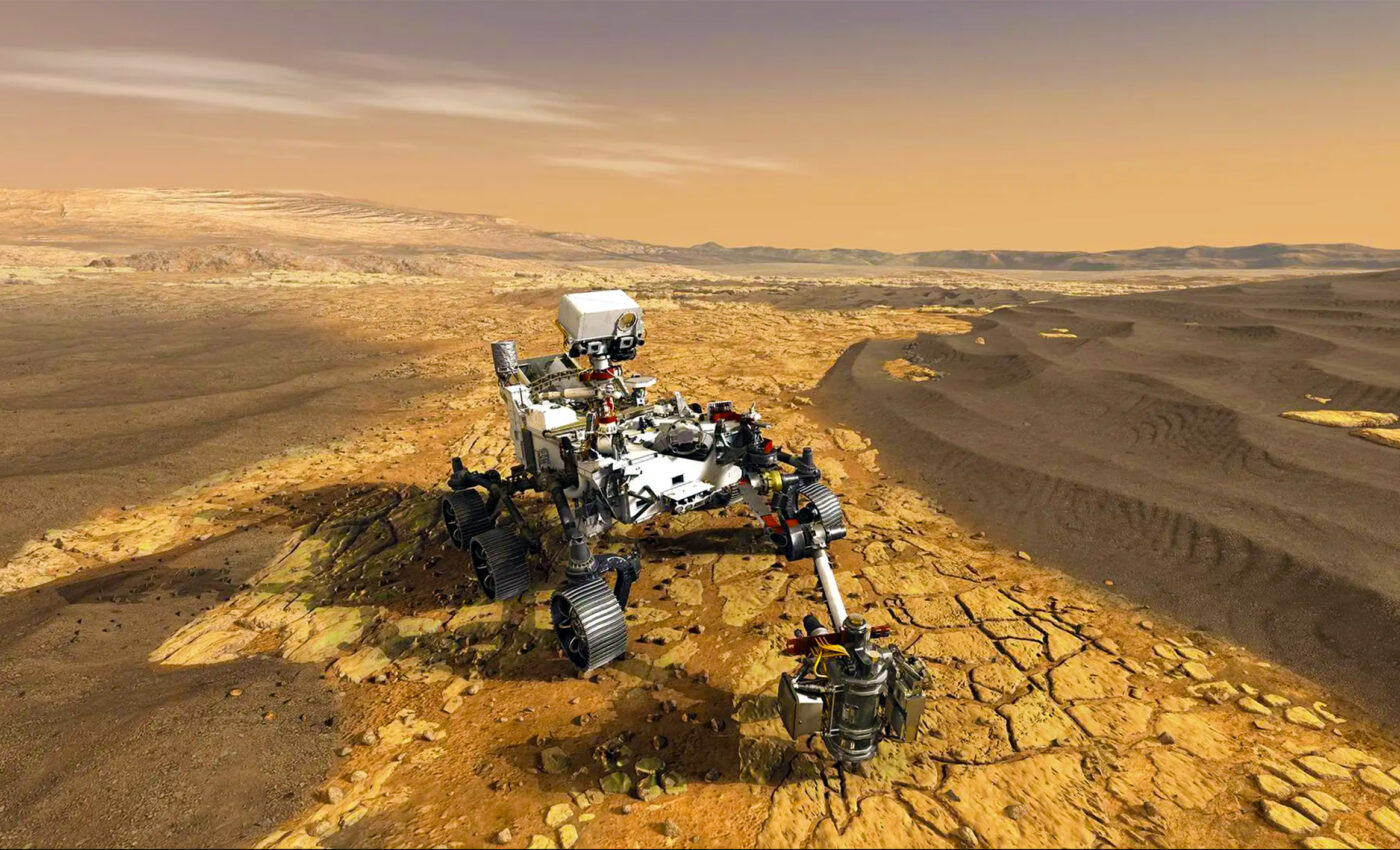
Oxygen is created on Mars using MOXIE, paving the way for humans
When astronauts set foot on the barren landscape of Mars for the first time, they may owe their survival to a machine no bigger than a household microwave. This relatively diminutive device, MOXIE (Mars Oxygen In-Situ Resource Utilization Experiment), has just finished its 16th and final oxygen-producing run aboard NASA’s Perseverance rover.
Impressive performance
The results have surpassed even the most optimistic expectations of its creators at the Massachusetts Institute of Technology (MIT).
NASA Deputy Administrator Pam Melroy commented on the device’s significance, stating: “MOXIE’s impressive performance shows that it is feasible to extract oxygen from Mars’ atmosphere – oxygen that could help supply breathable air or rocket propellant to future astronauts.”
Melroy emphasized the importance of harnessing the resources of space bodies like the Moon and Mars to facilitate sustainable human exploration.
MOXIE’s achievements
Since the Perseverance rover’s 2021 landing, the device has synthesized a total of 122 grams of oxygen. To put that in perspective, it’s roughly the amount a small canine would consume in 10 hours.
Impressively, at its peak efficiency, MOXIE produced 12 grams of oxygen an hour, which is a full 100% more than what NASA had originally targeted.
During its last run on August 7, MOXIE pumped out 9.8 grams of oxygen. All of these feats were accomplished while maintaining a purity level of 98% or even higher.
How does it work?
MOXIE crafts molecular oxygen through a complex electrochemical process. It isolates an oxygen atom from each molecule of carbon dioxide derived from Mars’ atmosphere.
As these gases weave their way through the system, they undergo rigorous analysis to ascertain the quality and volume of the produced oxygen.
Human exploration
While Perseverance hosts myriad experiments, MOXIE stands apart, laser-focused on enabling future human ventures on the Martian expanse.
As the pioneering technology of its kind, MOXIE paves the path for future astronauts to harness Martian resources for sustenance and, crucially, for creating rocket fuel to facilitate their journey back to Earth.
Next big leap
Michael Hecht from MIT, who led the MOXIE project, noted its role as a beacon for future space resource endeavors.
“MOXIE has clearly served as inspiration to the ISRU community. It showed NASA is willing to invest in these kinds of future technologies. And it has been a flagship that has influenced the exciting industry of space resources.”
Hecht emphasized that the next big leap isn’t necessarily a MOXIE upgrade. The focus would likely shift to a full-scale system amalgamating an oxygen generator like MOXIE with mechanisms to liquefy and store the generated oxygen.
But for Hecht, the real victory lies in MOXIE paving the way for other innovative technologies to shine on Mars.
Perseverance’s mission
A key objective for Perseverance’s mission on Mars, and for the MOXIE instrument, is astrobiology, including the search for signs of ancient microbial life, according to NASA.
Apart from hunting for these elusive life signs, Perseverance plays a pivotal role in understanding Mars’s geological tapestry and its climatic past. Its findings are expected to lay the groundwork for future human expeditions to this alien world.
The broader Mars 2020 Perseverance mission lies within NASA’s grander Moon to Mars exploration blueprint. This grand vision encompasses the Artemis missions to our moon, serving as the rehearsal stage for human exploration of the Red Planet.
Behind the scenes, NASA’s Jet Propulsion Laboratory has been the force powering the construction and operations of the Perseverance rover.
—
Want to read more? Subscribe to our newsletter for engaging articles, exclusive content, and the latest updates.
—
Check us out on EarthSnap, a free app brought to you by Eric Ralls and Earth.com.













